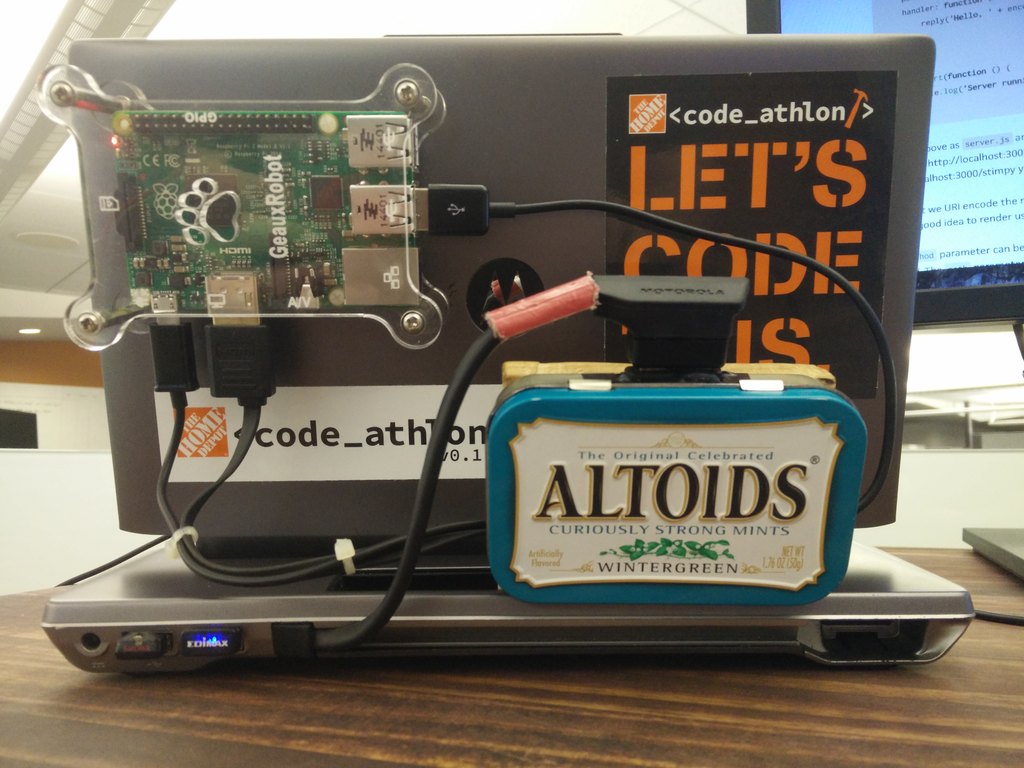Raspberry Pi 2 + rTorrent/ruTorrent + NGINX/PHP-FPM = Awesome
Every time I go to rebuild a home server of any type I always forget which guides I used in the past and what steps I had to take to get any software running. Now most of what I need is easy to setup but some things take a few more steps. One guide I am always looking for is a mostly from scratch install of rTorrent with ruTorrent on NGINX with PHP-FPM. Since I never seem to find one that meets my specific case I decided it was time for me to write the guide I needed.
In this guide I will be building on top of a base install of ArchLinux ARM on a Raspberry Pi 2. If you have any questions about the steps below, please feel free to comment!
